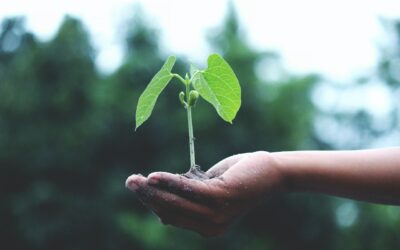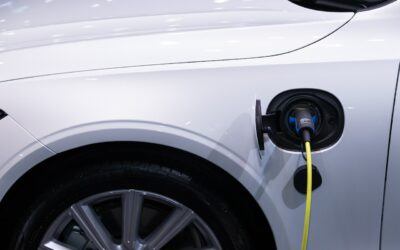This post was originally published on Good on You
Our editors curate highly rated brands that are first assessed by our rigorous ratings system. Buying through our links may earn us a commission—supporting the work we do. Learn more.
US label Hollister has made a name as a top teen fashion destination over the years, but unfortunately, the brand isn’t doing enough to manage its impact on people, the planet, and animals, and rates “Not Good Enough”. This article is based on the Hollister rating published in November 2023 and may not reflect claims the brand has made since then. Our ratings analysts are constantly rerating the thousands of brands you can check on our directory.
Hollister has a long way to go
If you were born in the noughties, chances are you have Hollister in your wardrobe right now. Considered one of the top five clothing brands for teens, this Abercrombie & Fitch subsidiary was launched in the year 2000 in the US and has been pumping out trend-led styles ever since. Wading through Hollister’s website presents a throwback array of band tees, flared jeans, and pleated skirts we could’ve sworn went out of fashion a decade or two ago. Y2K resurgence, we see you.
In any case, with 5m followers, a loyal fanbase, and no signs of slowing, we thought it was about time to dig a bit deeper into this youth-led brand that claims to be “For you, for the community, and for the planet” right on its homepage. Is Hollister really about “leaving the world a little better”, or is there a bit of greenwashing going on? How ethical is Hollister?
Environmental impact
Off the bat, Hollister’s environment rating is “Not Good Enough”. Despite its claims of planetary care on its website, where it states it is doing its part for the planet, it currently uses few lower-impact materials, and there is no evidence that it has taken meaningful action to reduce or eliminate hazardous chemicals or taking steps to protect biodiversity—you know, some of the most crucial steps towards caring for the Earth.
While it has set an absolute target to reduce greenhouse gas emissions in its direct operations, its supply chain misses out on the commitment. While this initiative is certainly better than nothing, it covers a fraction of the brand’s overall footprint, and there’s a long way to go before it can call itself a responsible brand.
Labour conditions
Hollister is also “Not Good Enough” for its workers. None of its supply chain is certified by labour standards which ensure worker health and safety or other labour rights. It received a score of 31-40% in the 2023 Fashion Transparency Index, which is slightly up from the previous score, though there is certainly still room for improvement.
There’s no evidence Hollister supports diversity and inclusion in its supply chain, and perhaps most worryingly, it doesn’t appear to pay a living wage in its supply chain, either. Do better, Hollister.
Animal welfare
Speaking of trends—Hollister seems to be trending towards a low overall score at this rate. And—yep. Also “Not Good Enough” for animals.
While the brand now has a formal policy aligned with the Five Freedoms of animal welfare—which is an improvement from the last time we rated them when they didn’t have one—there are no clear implementation mechanisms in place. There’s no evidence it traces any animal-derived materials even to the first stage of production, and its leather products have no clear origins.
Its wool is supposedly mulesing-free, but there’s no evidence to verify that claim. It doesn’t appear to use down, fur, angora, exotic animal skin, or exotic animal hair, which is good—but more needs to be done to ensure the brand is treating the non-human animals in its supply chain better.
Overall rating: ‘Not Good Enough’
So, how ethical is Hollister? Overall, we rated Hollister “Not Good Enough” based on our own research. From a lack of robust policies for the planet to no sign of a living wage for people to little effort for animals, it’s clear this brand has a long way to go to achieve a higher rating. As more and more young people are tapping into the trend the world really needs right now—the sustainability trend—we hope to see the brand making more effort across the board to stay relevant and true to its word of leaving the world a little better off.
Note that Good On You ratings consider 100s of issues, and it is not possible to list every relevant issue in a summary of the brand’s performance. For more information, see our How We Rate page and our FAQs.
Tackling responsible fashion as a teen is tough. But before you get too disheartened, check out these more sustainable alternatives to Hollister below. You might just find something that ticks all your boxes.
Good swaps
“Good” and “Great” alternatives to Hollister.
The post How Ethical Is Hollister? appeared first on Good On You.





0 Comments